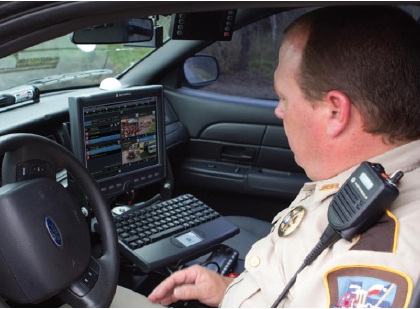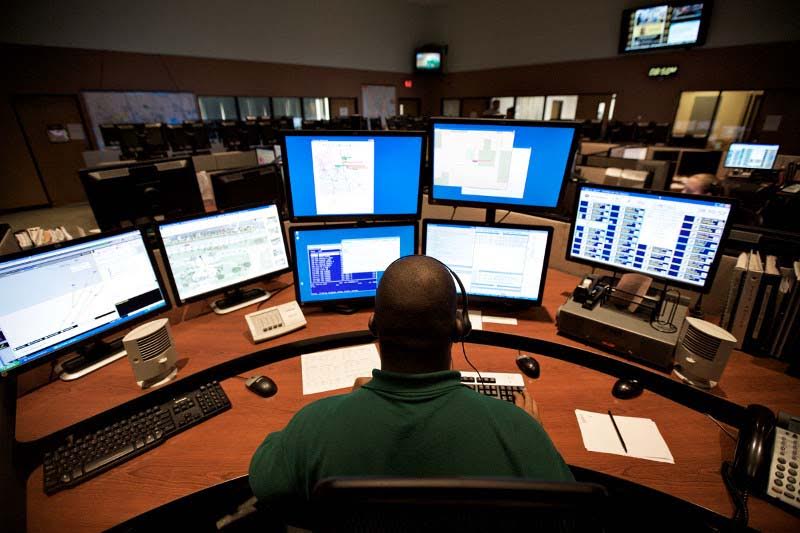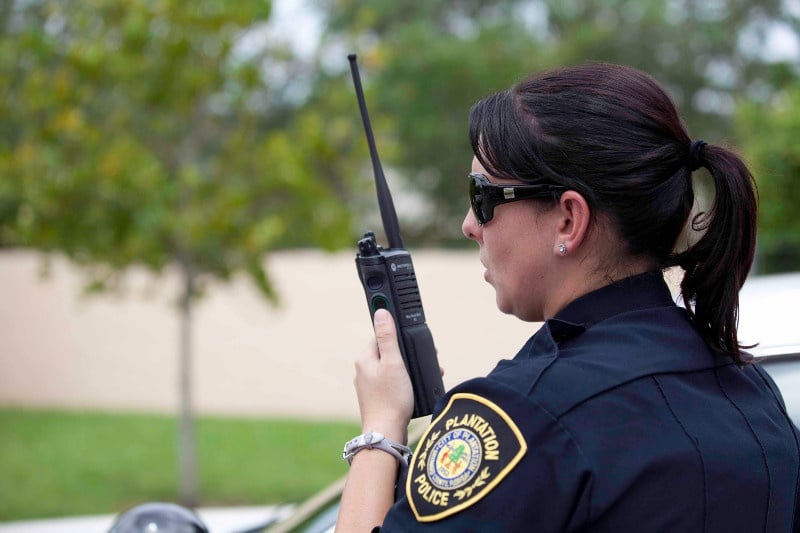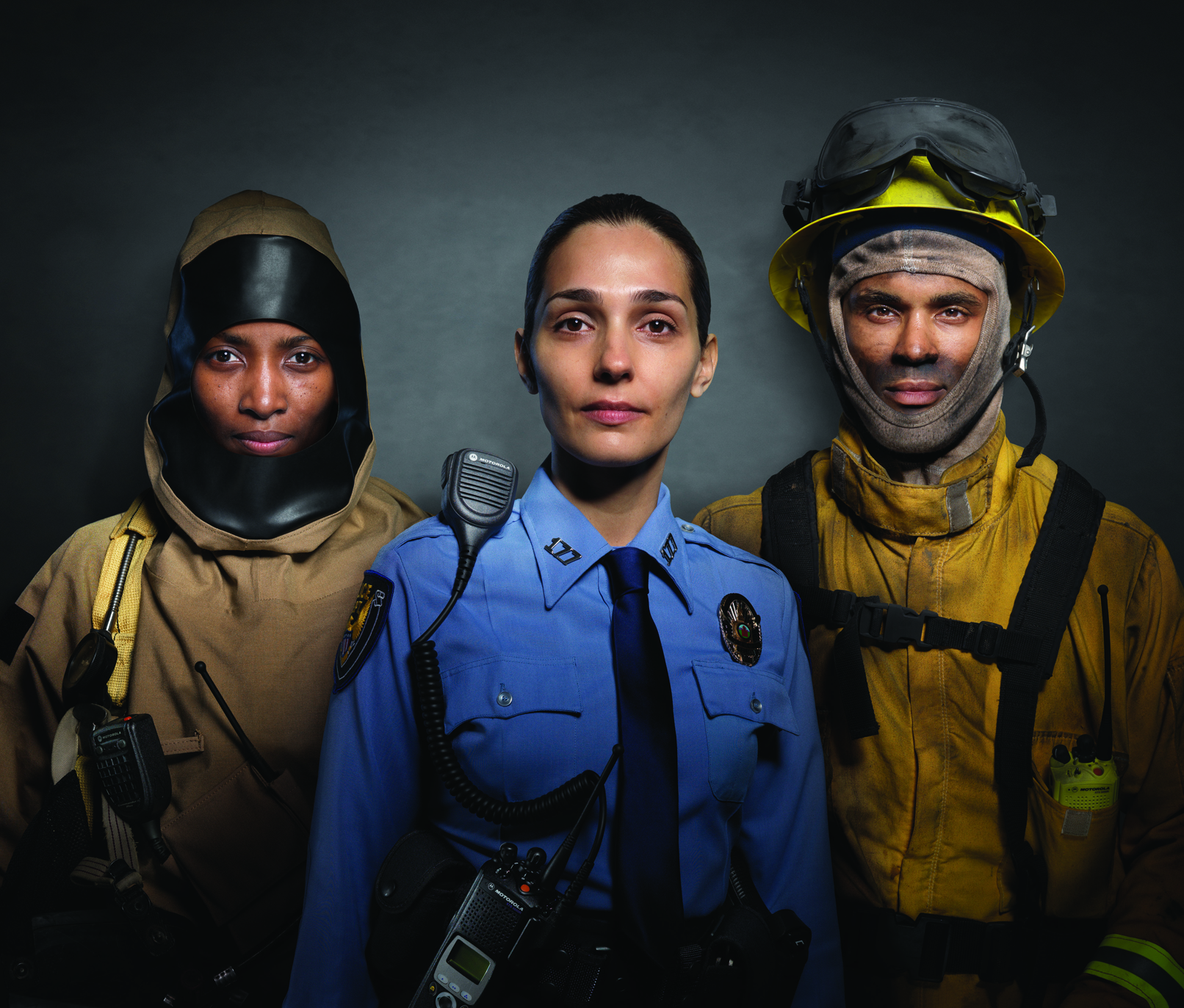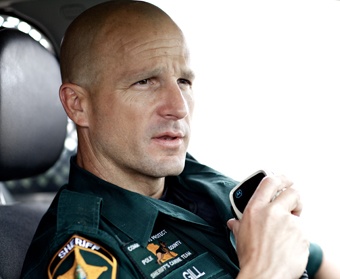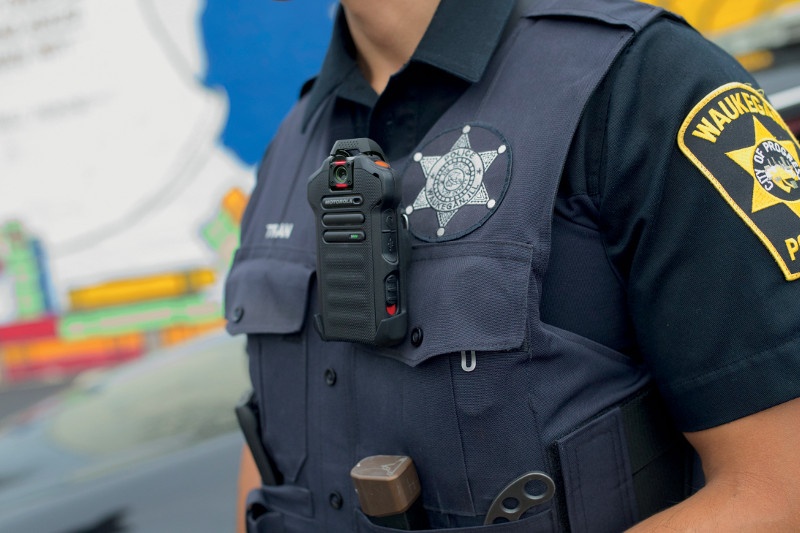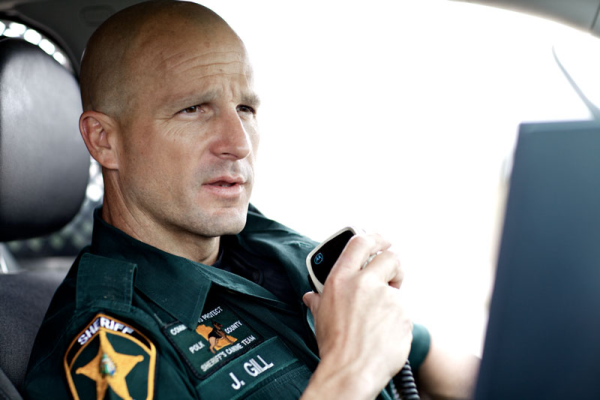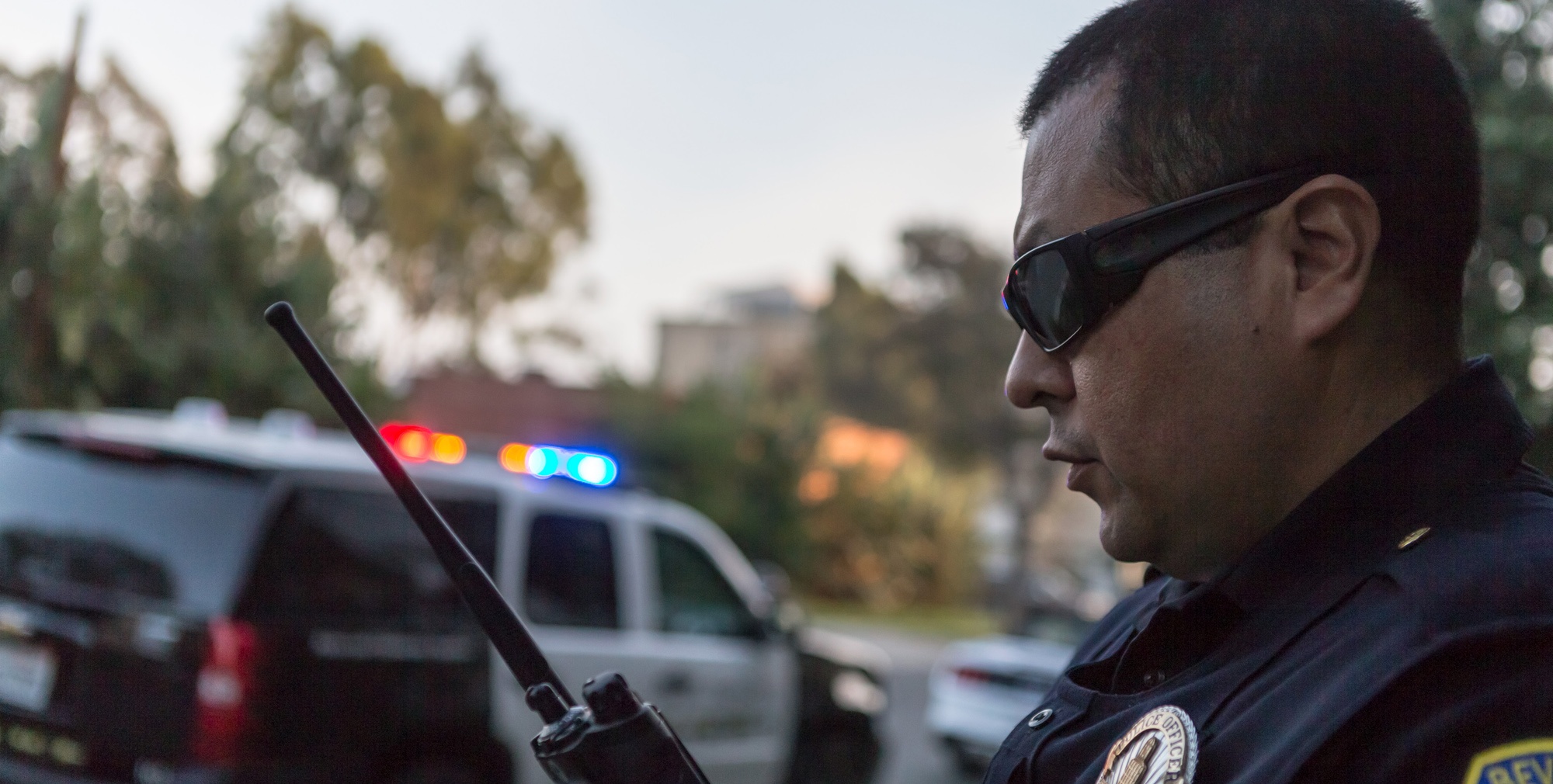The promise of next generation 911, or NG911, is exciting: Public Safety Answering Points (PSAPs) will gain access to updated wireless communications technology – including text, video and enhanced location services – that bridges the gap between first responders and the communities who rely on them.
The 9-1-1 network has come a long way since it was created decades ago, but it still has far to go. Mark Fletcher does a good job of summarizing the progress of the 9-1-1 network in this article, where he writes “Today’s E911 network handles more than 240 million calls per year. But its archaic architecture of routing callers based on telephone numbers gets outmoded the more that technology advances.”
It was because of this problem with outdated emergency communications that the Next Generation 9-1-1 (NG911) solution was developed, an evolving system that has had its own share of benefits and challenges over time.


